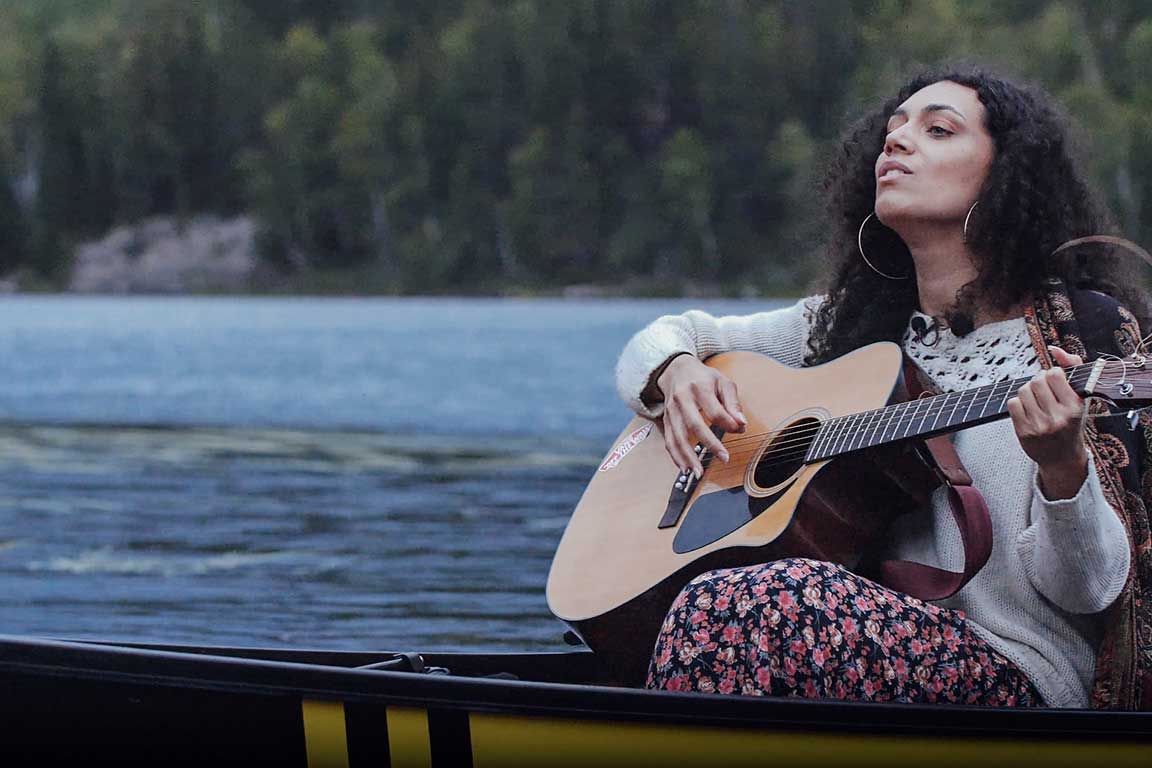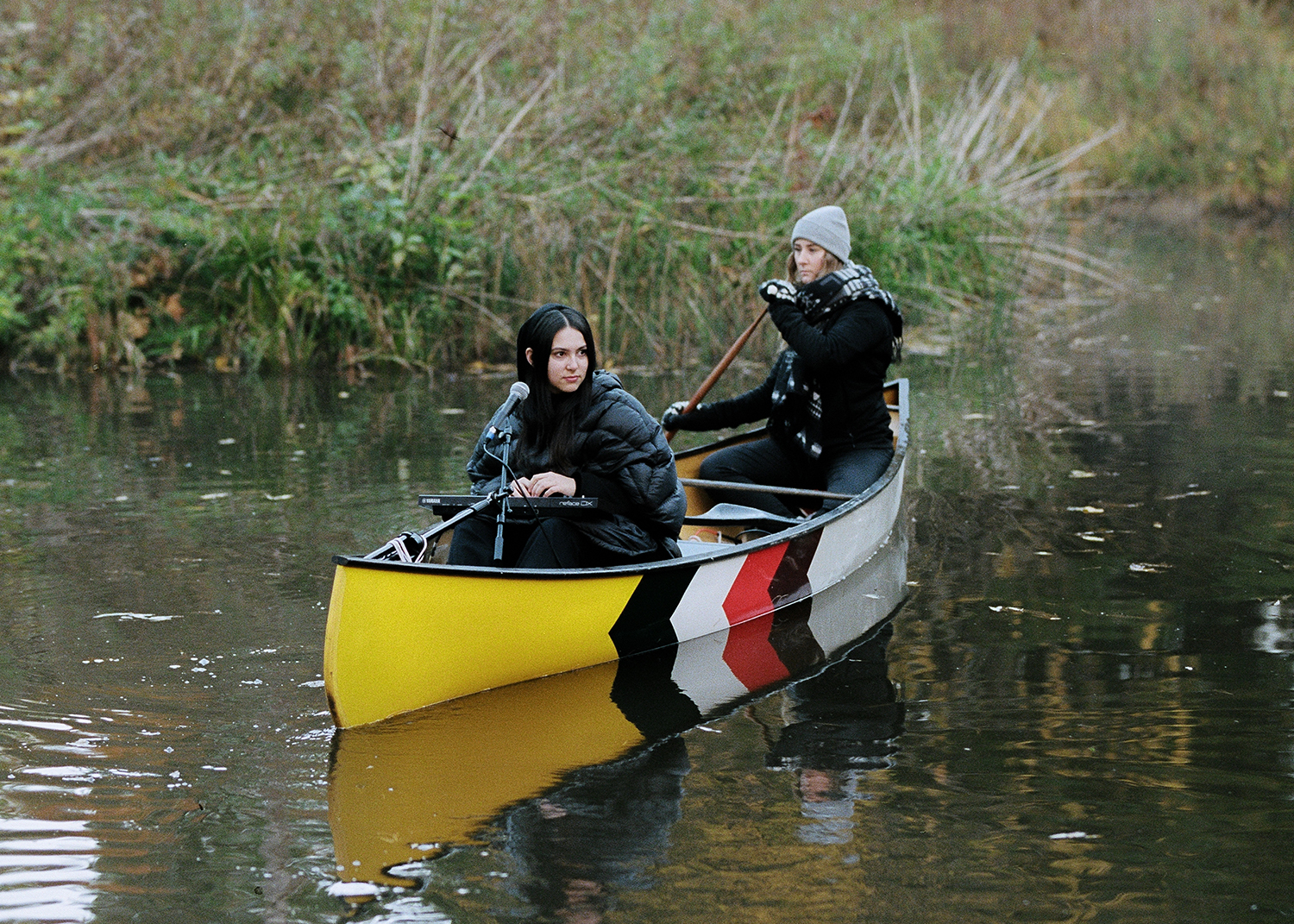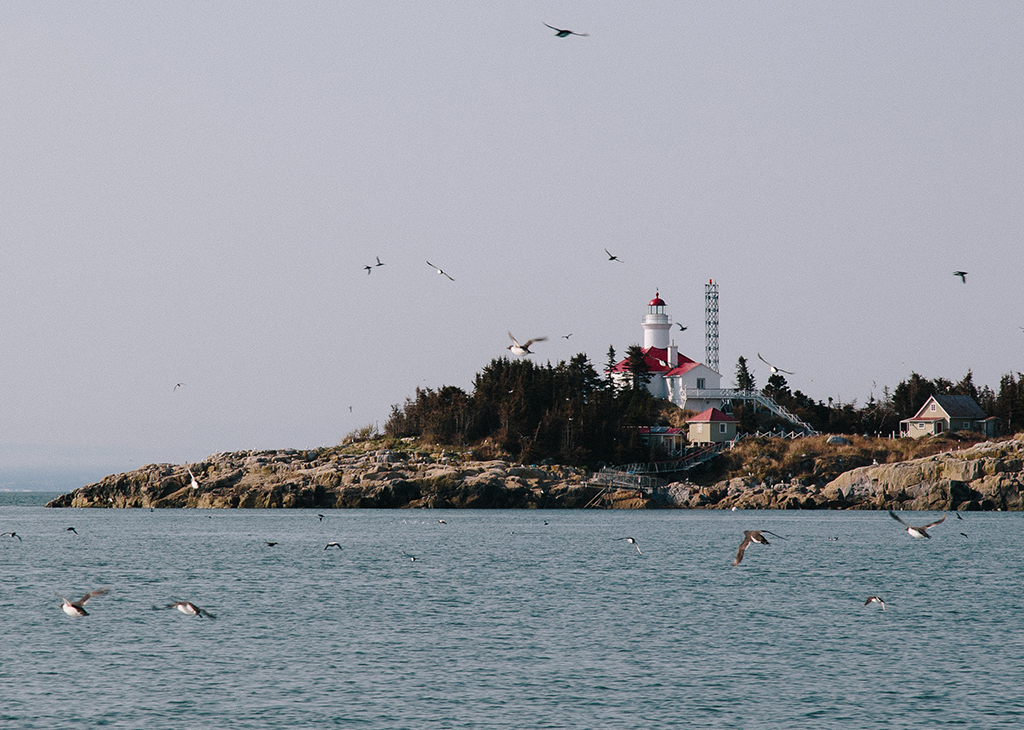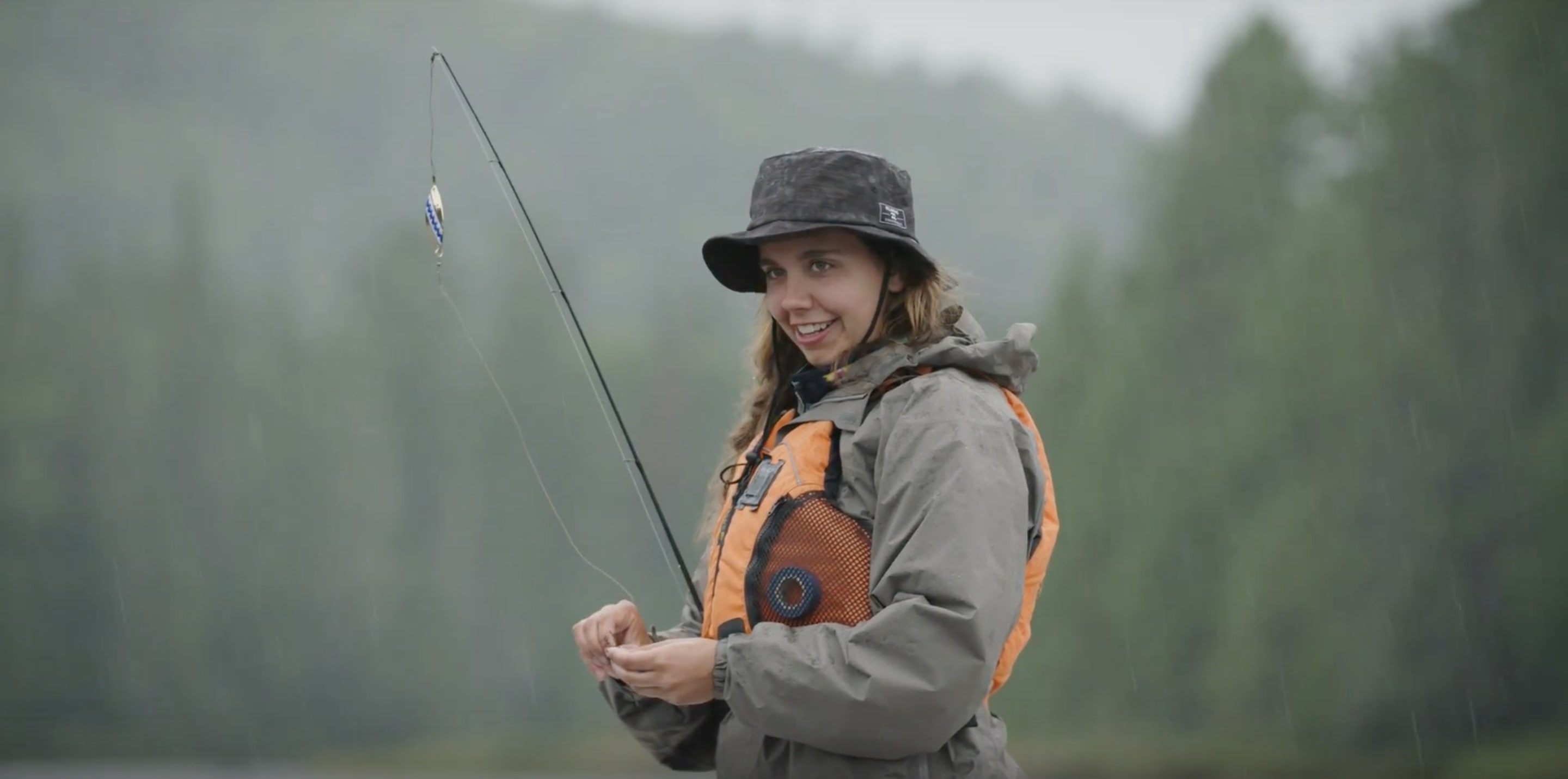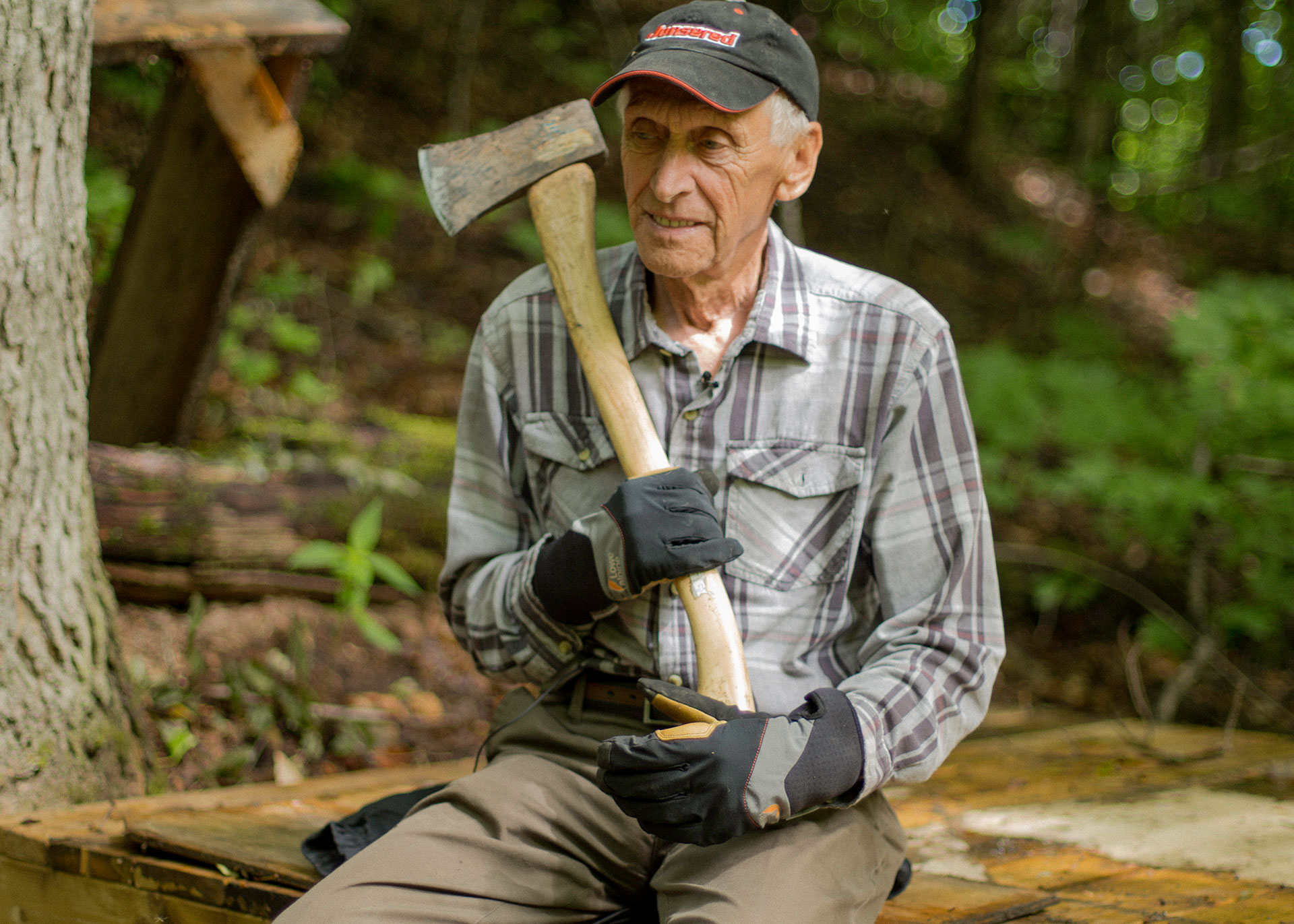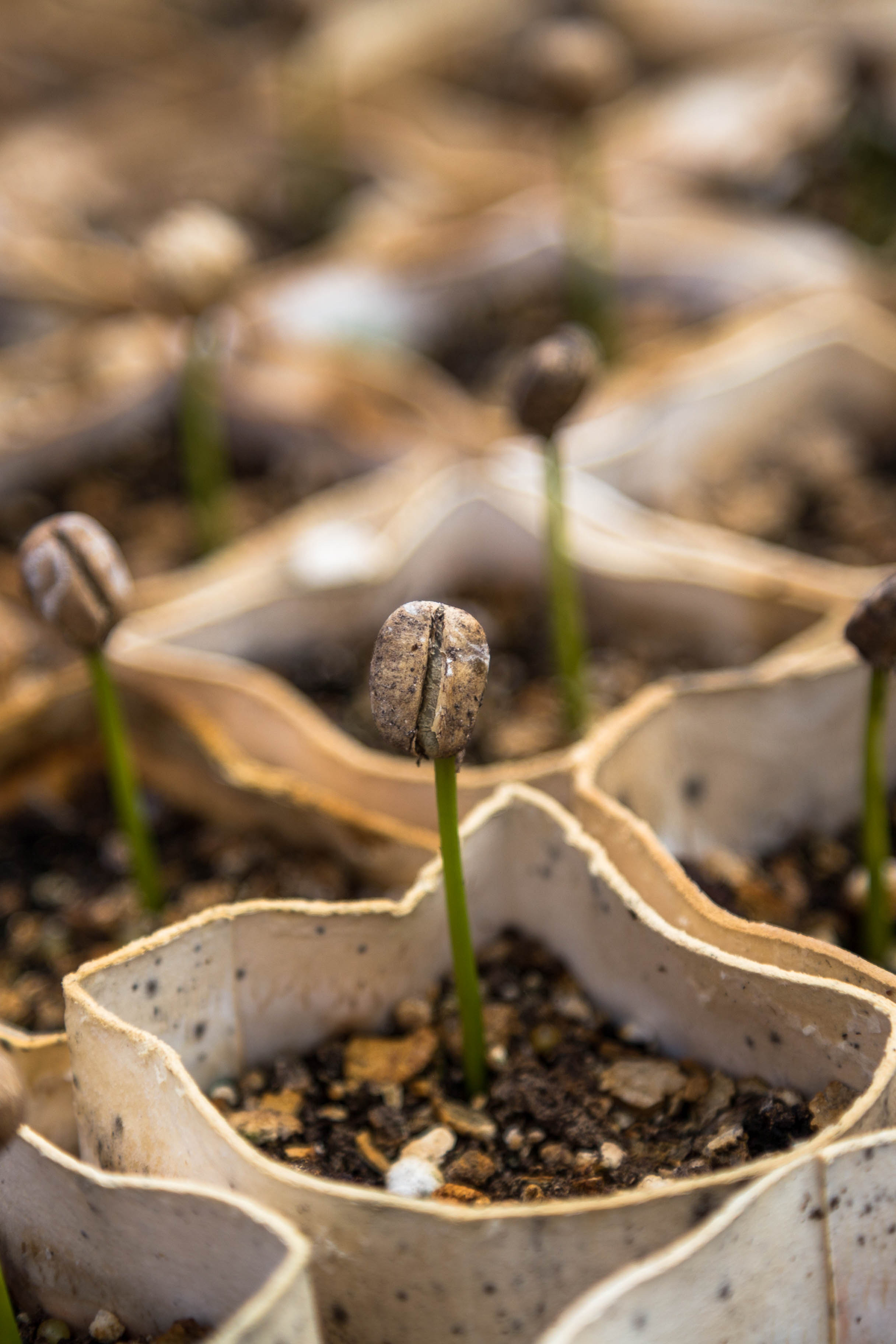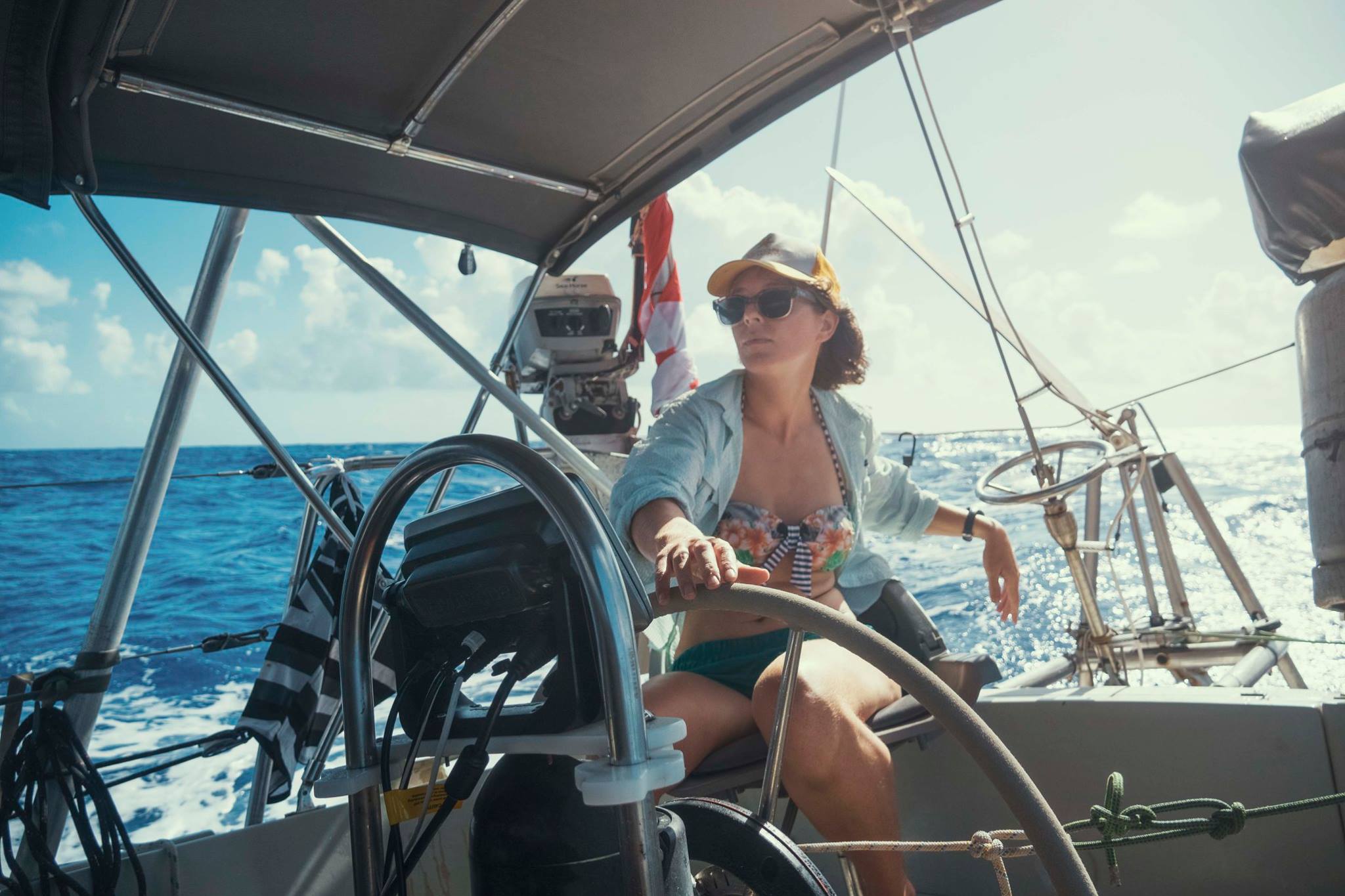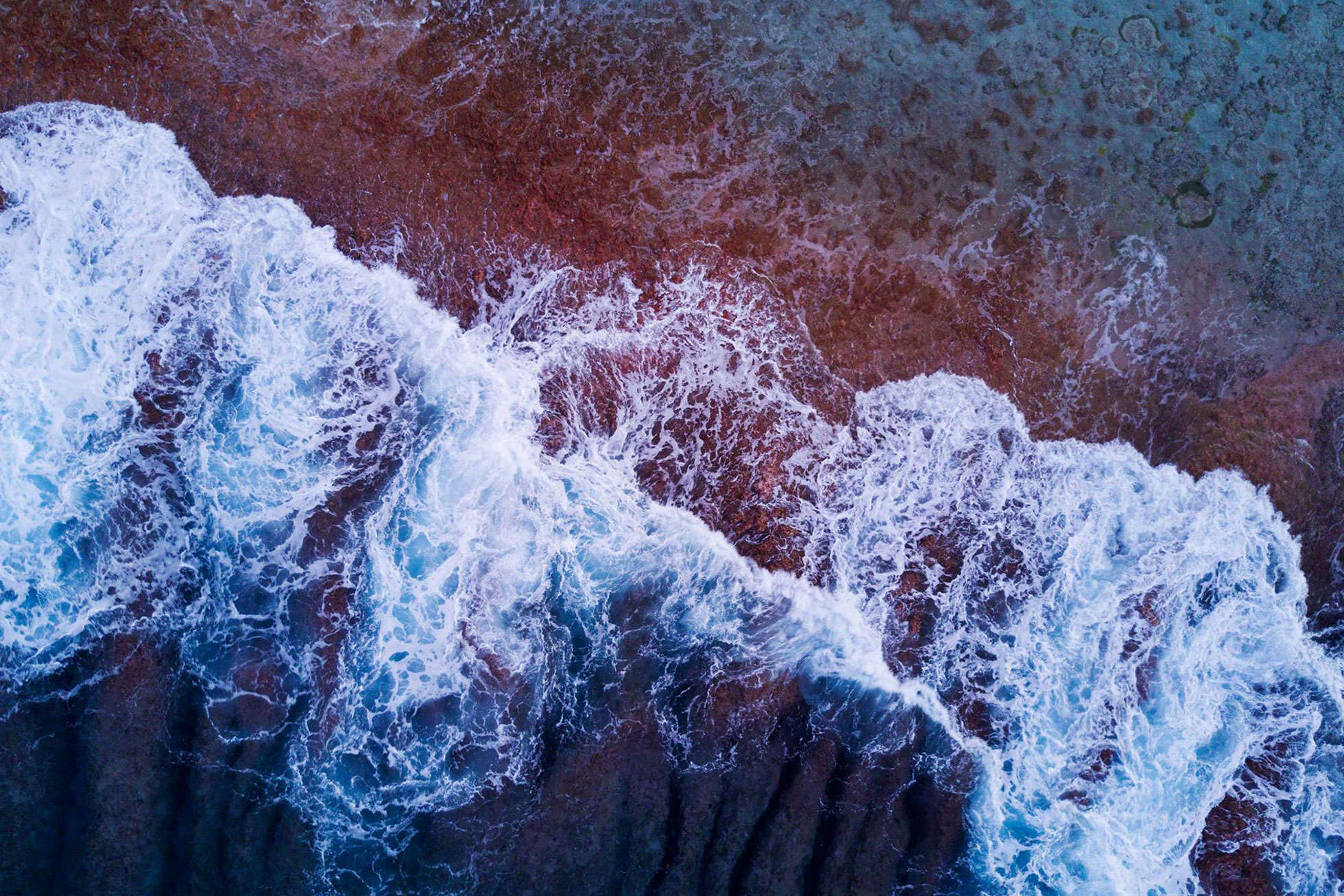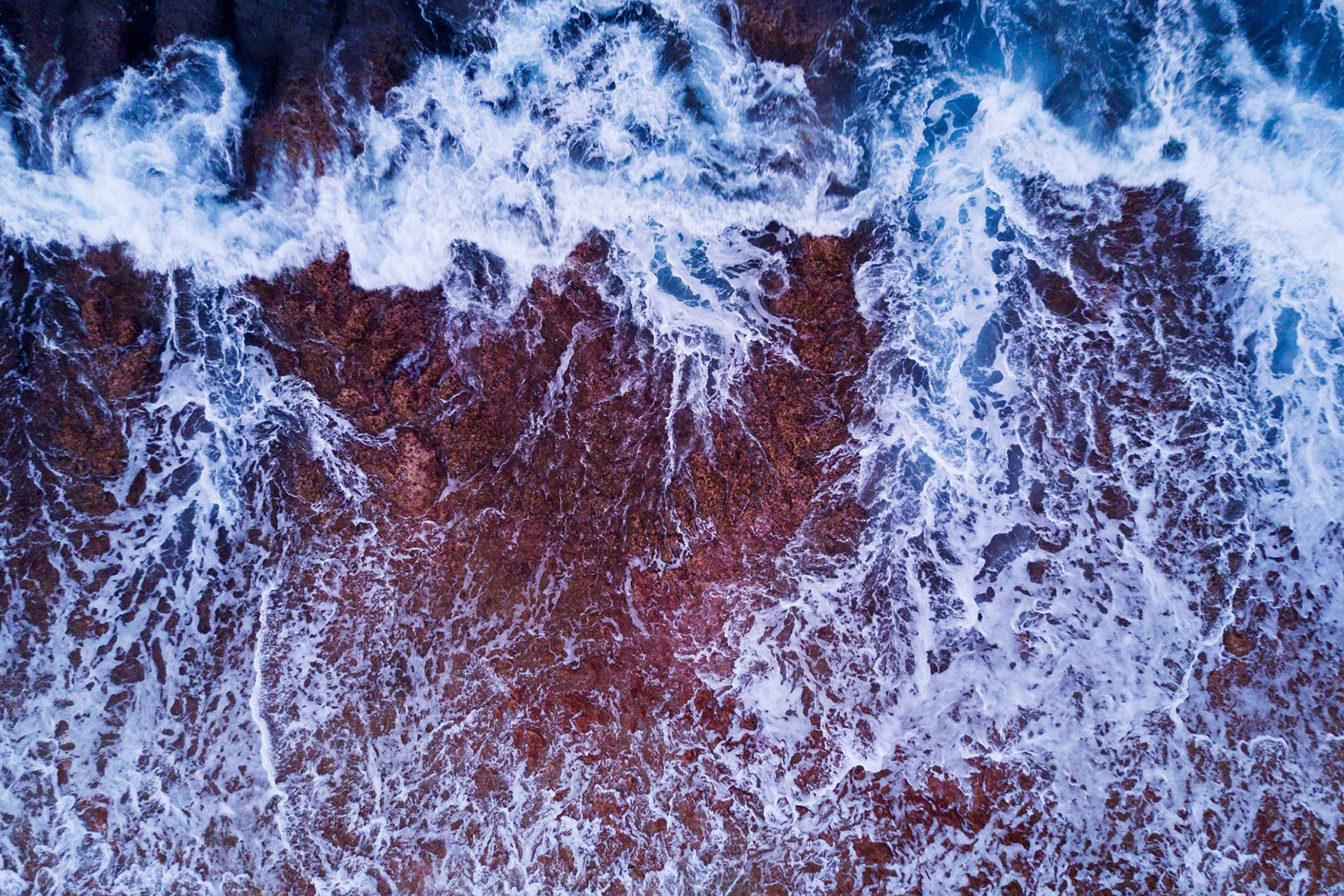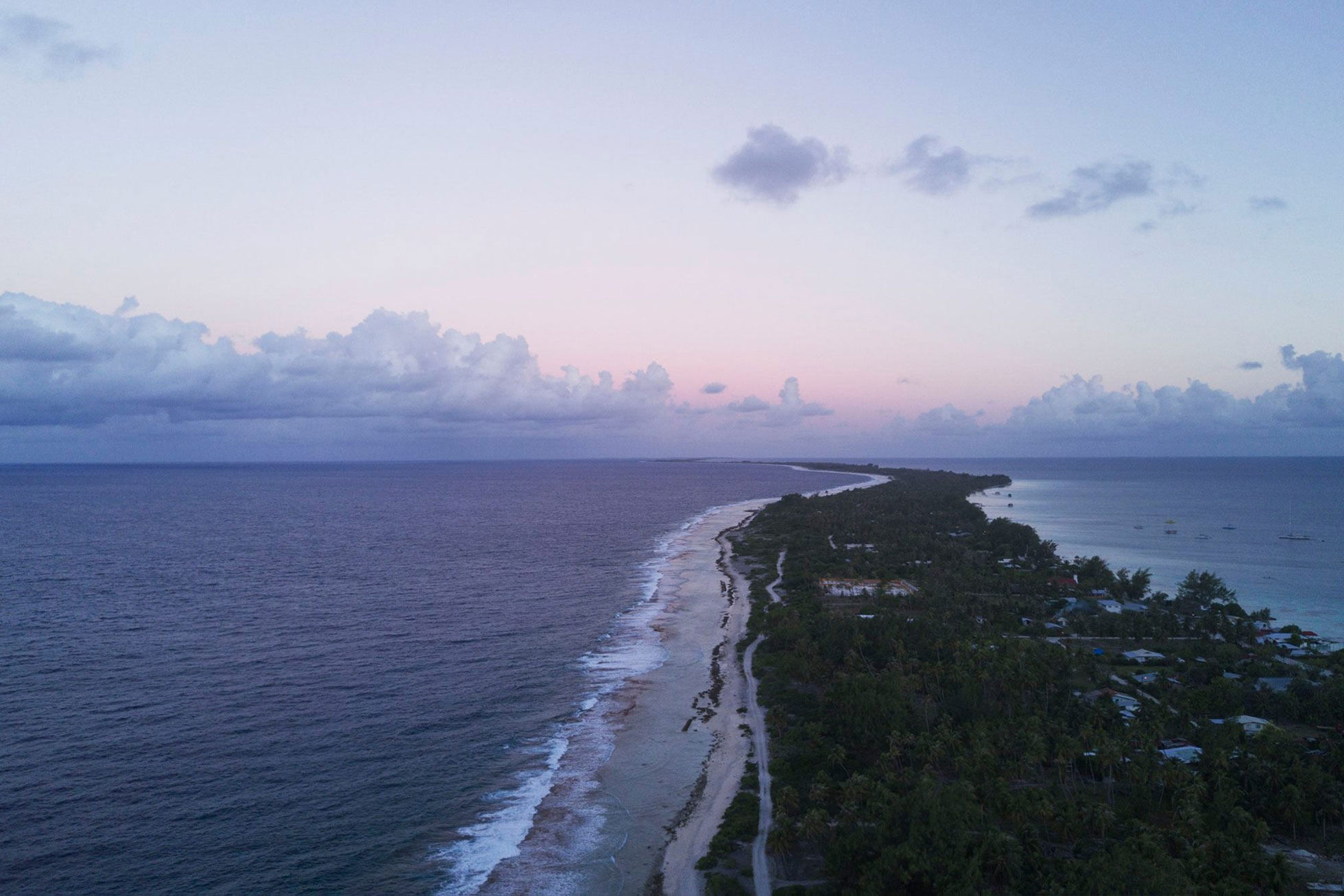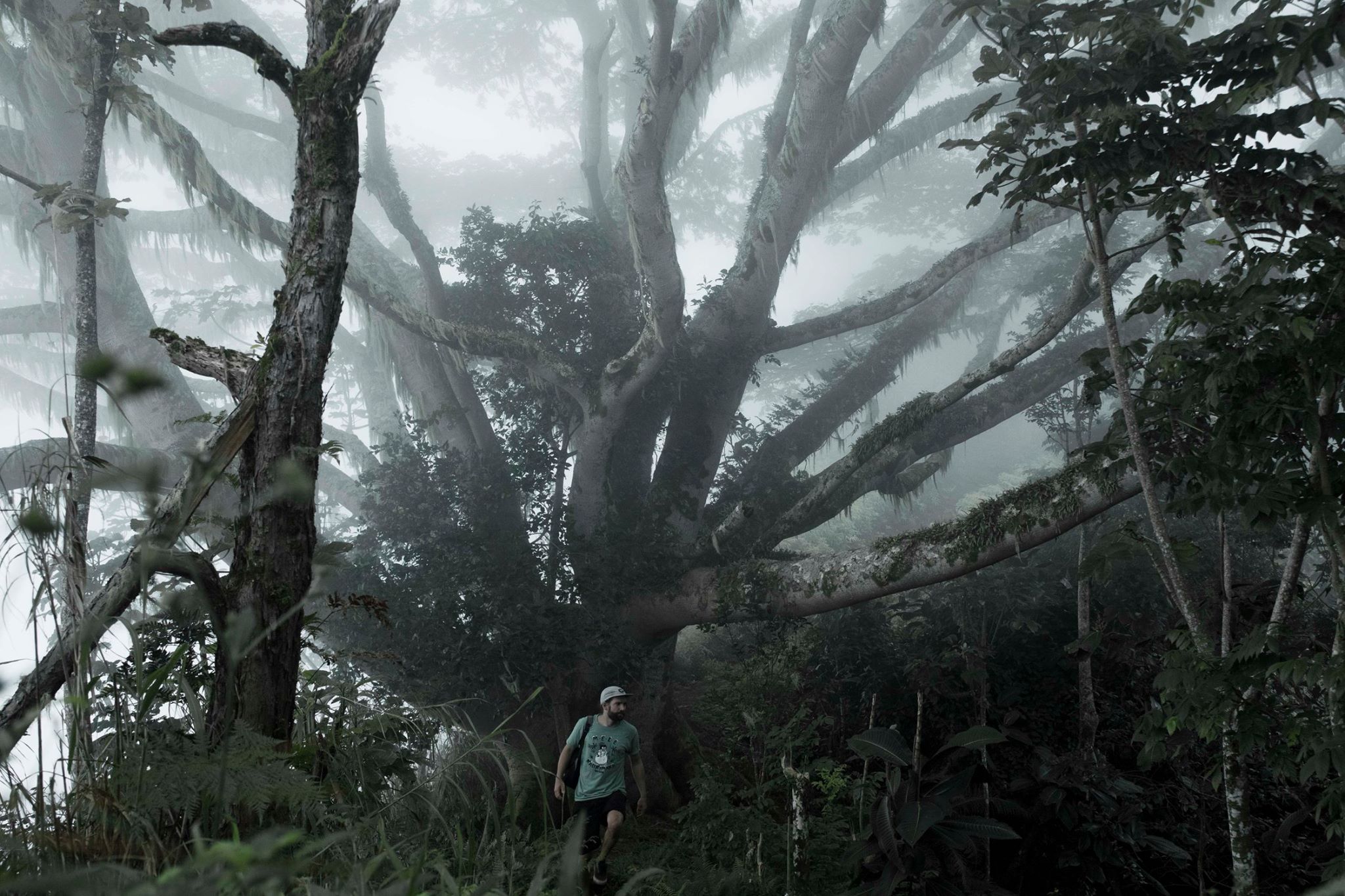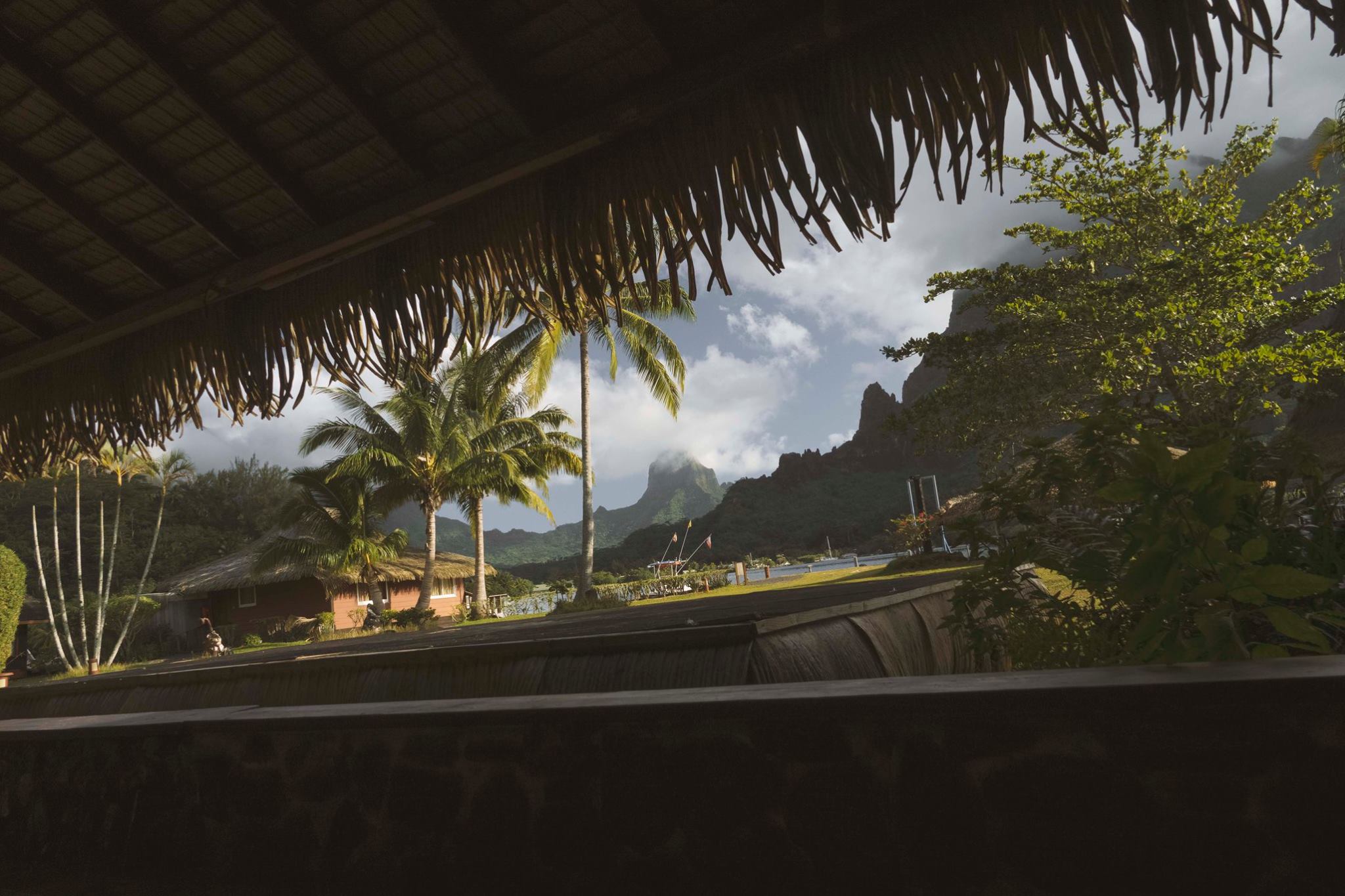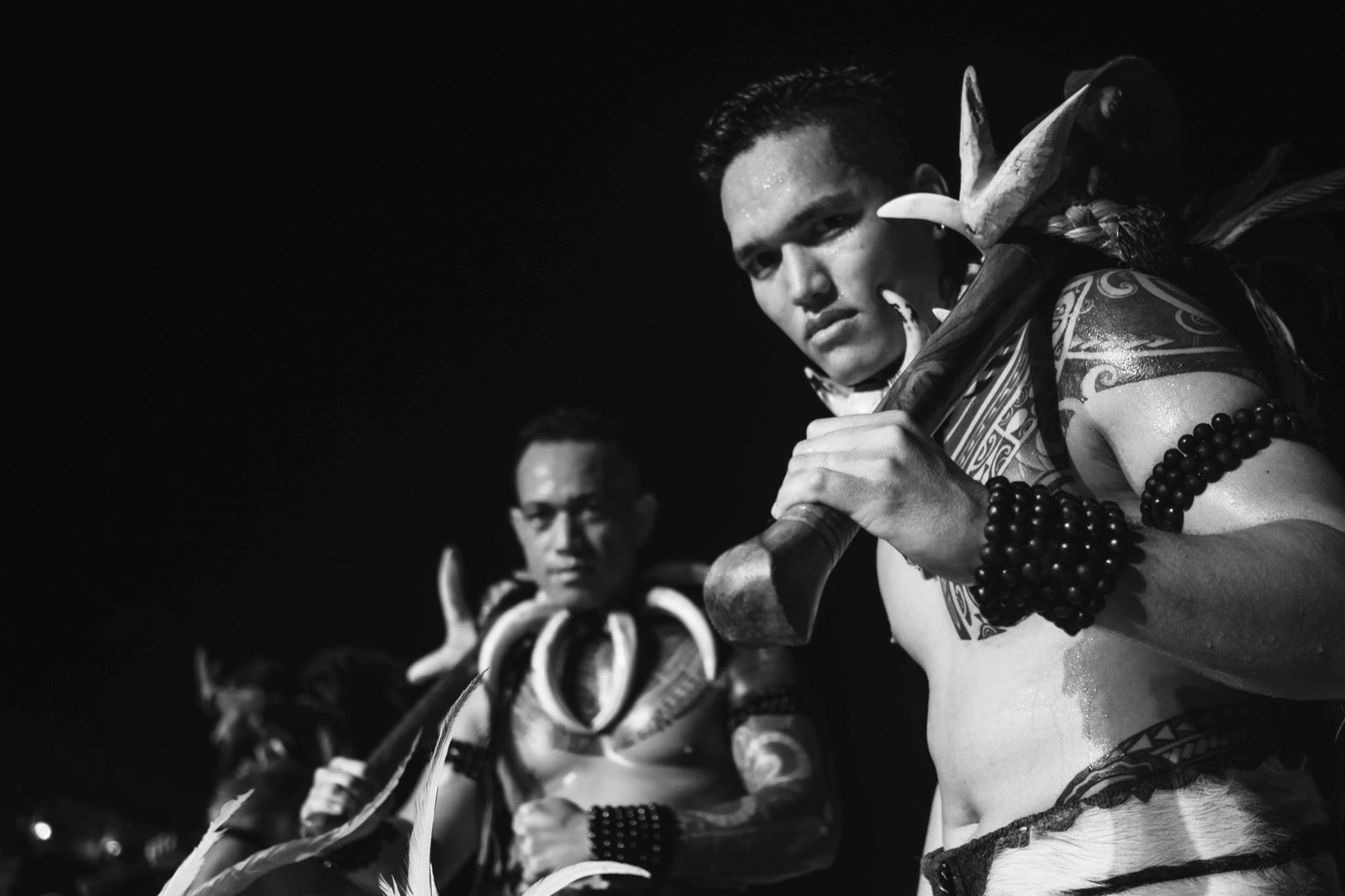Across the Salty Roads
An inspiring journey hitchhiking by sail across the South Pacific Islands to collect stories of locals taking the initiative in the fight against climate change.

How to Hitch a Ride
How to Hitch a Ride from the Marquesas
“From the Marquesas Islands, there are two main marinas from which you can attempt to join a crew aboard a boat: the largest island, Nuku Hiva, in the northern group of islands, and Hiva Oa, the second largest, which anchors the southern group. I placed an ad in Nuku Hiva and managed to receive a couple offers, but only some weeks after I left, so it didn’t really help. Websites such as Findacrew or Crewbay do not work well in the Marquesas since the internet is slow and barely accessible.
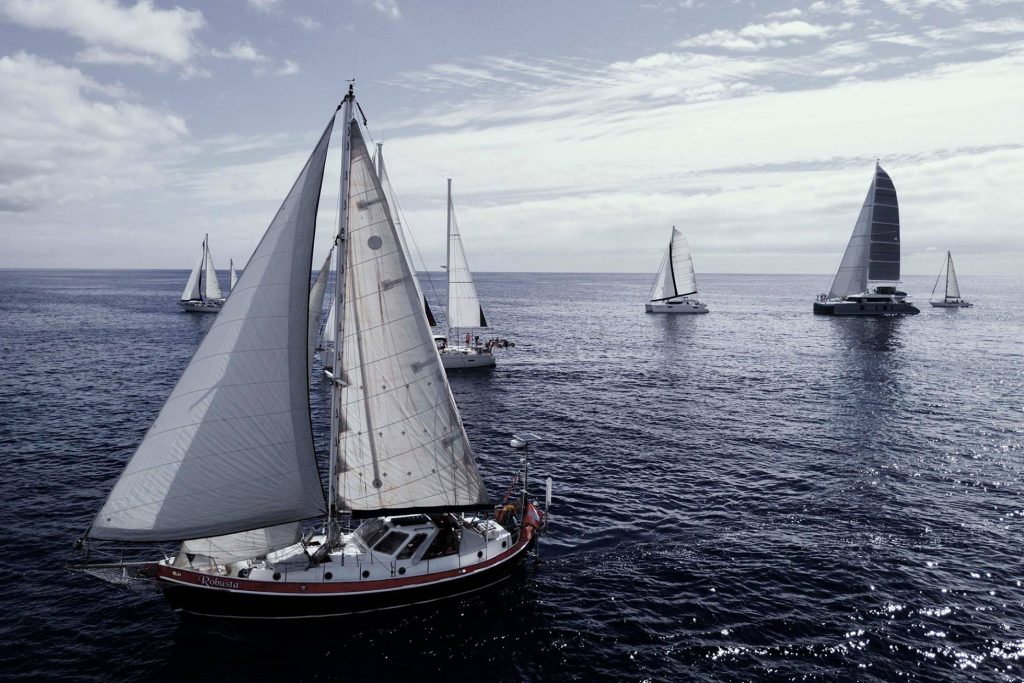
In the end, the best thing for me to do was to simply walk up and talk to the captains of each boat I saw in the marina. Since most of the sailboats are temporarily stopped in their passage westward (as opposed to in other areas of French Polynesia, where many remain for one or more entire seasons), it’s not difficult to find boats with space for at least one more crew member. Emily, who was with me on the catamaran that crossed from Panama to the Marquesas, found a well-paid job on a 50-foot Oyster sailing to New Zealand. (Salaries range between US $1000 and $3000/month per crew on more luxurious boats like the Oysters.)
As for me, I finally found my lift in Tahuata when I asked an Italian captain for a spot on his boat, to which he replied that apparently two Canadians were walking around the village and might be looking for an extra crew member. That’s when I met Robin and Fiona, and convinced them that this happy-go-lucky French Canadian would gladly entertain them on the difficult crossing to the Tuamotus.”

Crossing
Tuamotu Crossing
“A few weeks ago, I woke up to a rainy morning. I had been sailing for two days with Robin Urquhart and Fiona McGlynn, an amazing young couple from British Columbia, towards the Tuamotus on this little Dufour 35. And the waters were getting agitated. This five-day trip was about to take us to some of the most beautiful stretches of the earth I have ever seen. As opposed to the very humid, steep, and dramatic islands of the Marquesas, the Tuamotus are flat, dry atolls with long sandy beaches and lagoons. We headed for Fakarava, one of the best destinations for diving with sharks. . .”
Fakarava Commune
Home to a UNESCO Biosphere Reserve
The blood-red beaches of Fakarava, in the archipelago of the Tuamotu Islands: more than 150 km (93 miles) of coastline surrounding a 1112 km2 (429 square-mile) lagoon, home to thousands of sharks and hundreds of thousands of fish.
In 2006, French Polynesia set up natural sanctuaries to help protect sharks from destructive finning practices. As a result, an estimated 900 grey reef sharks now inhabit Fakarava: the highest density ever recorded in the region. But as the health of the shark community stabilizes, and their numbers multiply, so does the responsibility of having to provide more fish for their consumption. Therefore, it is now becoming obvious that unless means to foster fish spawning and conservation measures are put in place, shark protection laws will not suffice to maintain this impressively refilled shark tank.

Arrival
Tahiti Crossing
“When I left Fakarava, I managed to get on a cargo ship. I was the only traveller amongst the 16 passengers on board. It was the start of a strange two-day journey on the Cobia, which, as I was beginning to find out, was not built to shuttle tourists. The boat was dirty, and not exactly comfortable. But the workers were easygoing and kind. This isn’t the most eco-friendly way to travel, but it is a necessity for the islanders to get their food, oil, and other supplies from the main island. I reached Tahiti a little more tired than expected, but fulfilled with the connections I’d made with locals on the way.”
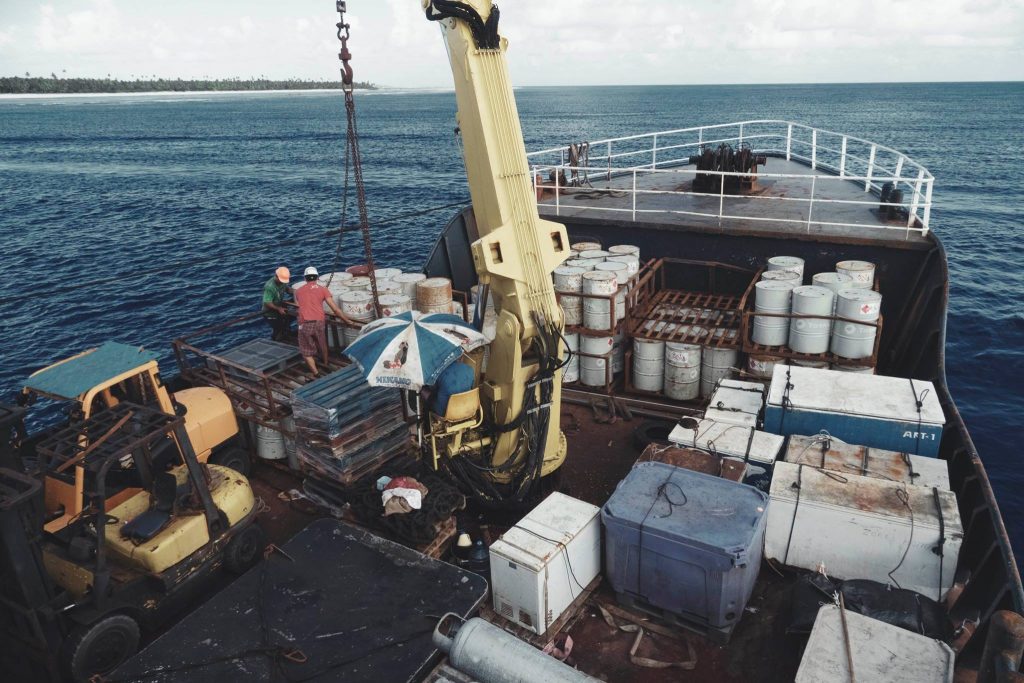
Tahiti Arrival
“I was the only white guy on board, and at first they were looking at me a little weird because of all of my equipment. But they were interested in what I was doing, and most of us became friends, eating our lunches and dinners all together on the boat… When I landed in Tahiti, I pretty much told myself, “Okay, this project is working!”
—
To hear more about Guillaume’s arrival in Tahiti, listen to the conversation we recorded with him right as he landed:
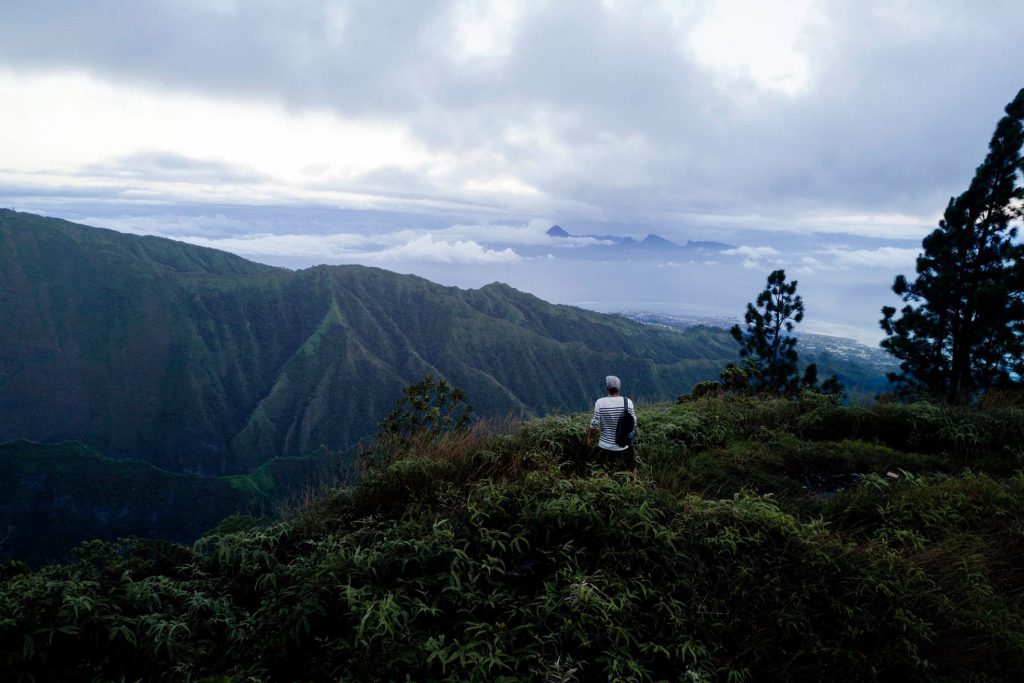
Tahiti Trek
“I took a break from the ocean, traded water for dirt, and went hiking in Tahiti. I met Alex and Ryan in a hostel in Papeete and joined them for a two-day trip high up the steep wild peaks in the heart of the island.”
How to Hitch a Ride from Tahiti to Moorea
“Around 21 June, crews who sailed from Panama or Mexico meet again in Tahiti for a four-day party and sailing event, which includes a sailing trip to Mo’orea Island. Anyone is invited to join in for a fun little race, and some boats can take up to seven or eight passengers. Once in Moorea, the event continues for two more days with canoe contests, fire shows, drinking, and swimming (not necessarily in that order). Needless to say, this is the best opportunity to find new boat options to continue your journey through the Society Islands or outside of French Polynesia.”

Profile
Tahiti & the Tuamotus: Research in Paradise
By Samia Madwar
For just over US $9 million, you can buy the Taiaro Atoll, an uninhabited, ring-shaped strip atop an ancient sunken volcano in the South Pacific. Taiaro is one of seven islands in the Tuamotus that form the Commune of Fakarava Biosphere Reserve, a UNESCO site meant to protect the area from human habitation, development, and invasive species — pressures that have led to high wildlife extinction rates across French Polynesia. Yet even UNESCO designation can’t protect the islands from the potential arrival of foreign species: the atoll of Taiaro is indeed “an ideal destination for luxury eco-tourism,” a bluewateryachting.com post suggests helpfully.
Although tourism is a leading industry in French Polynesia today, there’s more to the region than just business potential. It’s long been an attractive destination for research; Charles Darwin made a stop here in 1835 during his voyage on the Beagle. The region continues to draw researchers today: the island of Moorea, which neighbours Tahiti, hosts the University of Berkeley’s Gump Station and France’s Insular Research Center and Environmental Observatory (CRIOBE). For a recent collaboration known as the Biocode Project, scientists from both research stations collected and sequenced the island’s biodiversity. The forthcoming results are expected to guide researchers’ understanding of how islands respond to disturbances such as the influx of invasive species. Local environmental initiatives include Pa’e Pa’e No Te Ora, a Tahiti-based organization that works with youth to raise environmental awareness, and coordinates activities such as beachside garbage cleanups. The Mata Tohora initiative educates tour operators and their clients on environmentally responsible dolphin- and whale-watching practices.
Second only to tourism, black pearl production is a major pillar of the region’s industry. But in recent years, overproduction and unsustainable farming practices have taken a toll on the region’s output, and some businesses are looking to reverse the tide by adopting more environmentally conscious practices. One such enterprise, Kamoka Pearls, is not only powered by wind and solar energy and uses biodegradable septic systems; it has implemented steps in its process to avoid environmentally harmful practices.
Rather than using the shells of freshwater mussels to seed pearls, for instance, Kamoka relies on mother-of-pearl from its own oysters, thereby reducing the damage to mussels. Instead of power-washing its oysters to rid them of other organisms that might have latched on, it prefers the more natural method of placing the oysters in lagoons where fish can pick them clean — thereby harnessing the very biodiversity that makes the region special.

Initiative
Whale’s Eye
By Samia Madwar
Every summer, humpback whales migrate to warm waters to breed. But in recent decades, their summer grounds have become increasingly crowded, noisy, and dangerous. The droning sound of motors fill the air and water, and tourist-filled boats come uncomfortably close to the whales and their fellow cetaceans.
Marine biologist Agnes Benet has been studying cetacean behaviour for years, and found ways to identify and prevent signs of distress among whales and dolphins. In 2012, in coordination with French Polynesia’s Department of Environment (DIREN), she launched C’est Assez–a French play on words that means “that’s enough,” but also sounds like the word for cetaceans. The program raises awareness of issues around the protectionof marine mammals. Two years later, the program was taken up by Mata Tohora — ”Eye on Whales” in Tahitian — whose mandate is to educate tour operators and their clients on responsible whale-watching and dolphin-watching practices. The organization recently began offering a specialized label that certifies environmentally responsible tour operators. Other initiatives include a Whale Day, during which 200 disadvantaged youth are given the opportunity to go whale- and dolphin-watching and to learn about the marine mammals that inhabit the waters around their home. When marine mammals are beached, Mata Tohora offers a protocol on how to save the animal.
Above all, Mata Tohora’s activities remind visitors to the South Pacific that they’re exactly that— visitors. To the marine mammals who return here ever year, it’s home.
—
Guillaume spent time whale-watching with Mata Tohora’s founder Agnès Benet during his stay in Tahiti:





